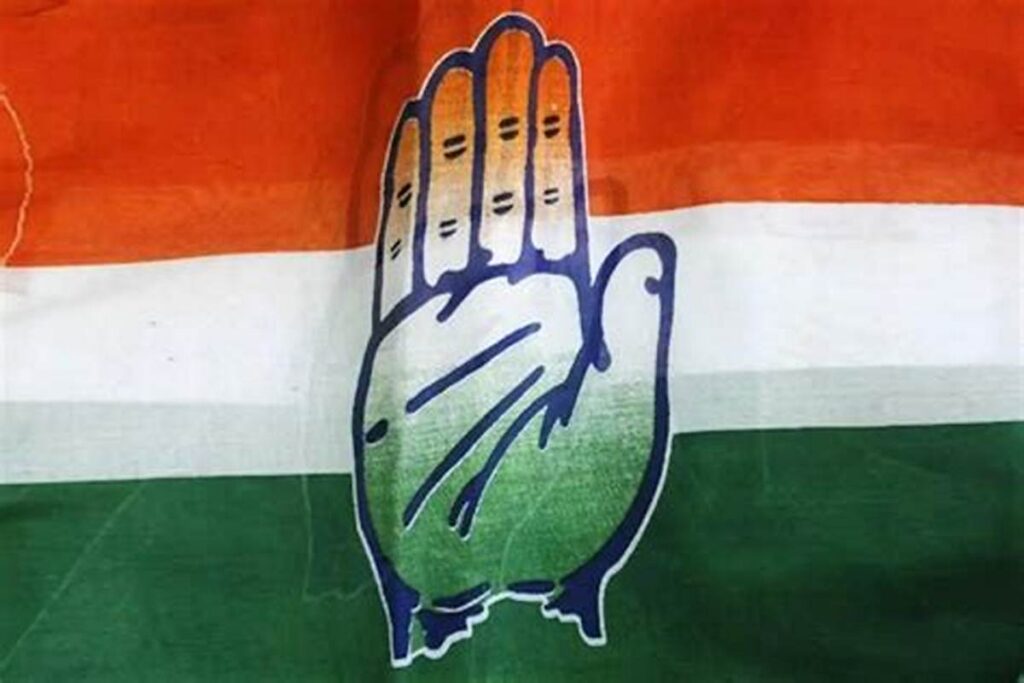The Arunachal Pradesh Assembly elections scheduled for 2024, the Indian National Congress (INC) has unveiled its list of 34 candidates vying for seats in the state legislature. The release of the candidate list signals the commencement of electoral preparations and sets the stage for a keenly contested electoral battle in the northeastern state.
Arunachal Pradesh, nestled in the eastern Himalayas, is known for its scenic landscapes, diverse cultures, and unique socio-political dynamics. The state’s political landscape has traditionally been marked by a fluidity of alliances, with parties often forging pre-poll or post-poll coalitions to secure power. The Congress, one of the prominent players in Arunachal Pradesh politics, is seeking to regain its foothold in the state after facing setbacks in previous elections.
The release of the Congress’s candidate list reflects the party’s concerted efforts to revitalize its organizational machinery and reclaim lost ground in Arunachal Pradesh. The list comprises a diverse array of candidates representing various regions, communities, and socio-economic backgrounds, underscoring the party’s commitment to inclusivity and representation.
The selection of candidates is a critical aspect of the electoral strategy, as it determines the party’s ability to connect with voters, mobilize support, and win constituencies. The Congress’s decision to field candidates with a mix of experience and fresh faces reflects a balancing act aimed at leveraging incumbency while also infusing new energy into the party’s ranks.
Moreover, the candidate selection process is guided by considerations of electability, winnability, and demographic factors. The Congress has strategically nominated candidates who have a strong grassroots connect, a track record of public service, and a resonance with local aspirations and issues. This strategic calculus is aimed at maximizing the party’s electoral prospects and capitalizing on anti-incumbency sentiments, where applicable.
Furthermore, the Congress’s candidate list underscores its commitment to gender representation and empowerment. Several women candidates feature prominently in the list, reflecting the party’s recognition of the pivotal role played by women in the electoral process and governance. The inclusion of women candidates is not only a step towards gender parity but also a recognition of their leadership potential and contribution to public life.
However, the release of the Congress’s candidate list is just the beginning of a protracted electoral battle in Arunachal Pradesh. The party will need to translate its candidate selection into effective campaign strategies, robust organizational mobilization, and cohesive messaging to resonate with voters across the state. The campaign will likely focus on issues such as development, infrastructure, employment, and preservation of indigenous cultures and identities, which are paramount concerns for the people of Arunachal Pradesh.
Moreover, the Congress will need to navigate the complex terrain of regional politics and forge strategic alliances with like-minded parties and groups to enhance its electoral prospects. In a state where regional identities and aspirations often shape electoral outcomes, coalition-building and consensus-building will be key to the Congress’s success.
The release of the Congress’s candidate list has also set the stage for an intense electoral contest with rival parties, including the Bharatiya Janata Party (BJP), regional outfits, and independent candidates. The BJP, in particular, has made significant inroads in Arunachal Pradesh in recent years, forming the government in the state and consolidating its presence through strategic alliances and outreach efforts.
In addition, the release of the Congress’s candidate list for the Arunachal Pradesh Assembly elections marks the beginning of a high-stakes political contest in the northeastern state. With 34 candidates vying for seats in the state legislature, the Congress is poised to mount a formidable challenge to its opponents and stake its claim to power. As the electoral campaign unfolds, all eyes will be on Arunachal Pradesh as it navigates the complexities of regional politics and democratic governance.


